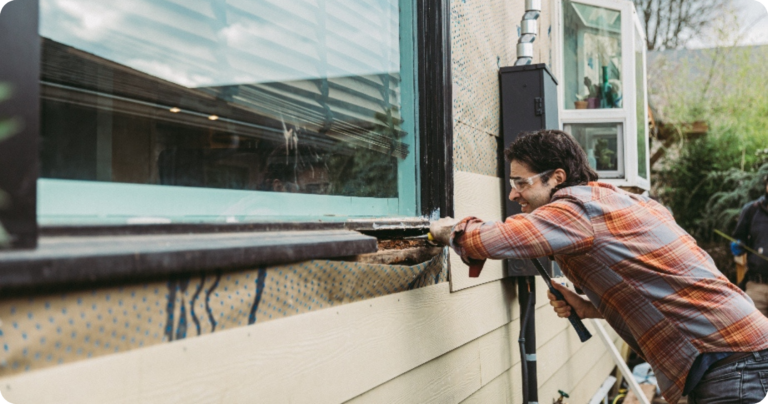Heating and AC
When these systems aren’t running at their best, they work harder to keep your home warm or cool. So they tend to break down more often and might need to be replaced sooner.
Proactive:
- Clean washable filter: $0
- Replace filter: as little as $10
- Annual pro maintenance: $200-$500
Or:
- Repair gas boiler: $100-$400
- Repair gas furnace: $375-$1,200
- Repair central AC: $160-$600
- Replace boiler: $3,500-$7,700
- Replace furnace: $2,600-$6,300
- Replace central AC unit: $3,800-$7,500
Plumbing
Pipes and tubes run throughout your home. Beyond bathrooms and the kitchen sink, you might have a dishwasher, ice maker, or washing machine.
A small leak is pretty easy to deal with if you catch it early. In time, though, it can damage walls, floors, and ceilings. Rotting wood is often out of sight and can eventually cause structural damage.
Proactive:
- Repair minor leak: $300 on average
Or:
- Repair major water damage: $1,000-$4,000
- Clean up mold: $2,000+
Tip: Watch for hidden leaks
Rust or white deposits on pipes can be a sign that a leak is starting. Low water pressure might mean an active leak. If your water pressure drops with no explanation, call a plumber right away.
Exterior painting
Repainting your home sooner rather than later both prevents damage to the siding and costs less. Once your exterior is peeling all over, there’s probably a ton of extra scraping, caulking, priming, and repairs to do.
Touching up small patches of peeling paint and replacing any rotted wood helps stop these problems from spreading.
In some cases, you might want to consider professional pressure washing. Done properly, it can extend the life of your paint by getting rid of damaging grime and mold.
Proactive:
- DIY spot touch-ups: $25 for a quart of paint
- Pressure washing: $200-$400
Or:
- Whole-house painting: $1,000-$6,000
- Extra prep work: up to double your cost
Your home’s market value
Maintenance may seem less glamorous than improvements like kitchen and bath upgrades. It’s just as important to your equity, however. Maybe more.
A home that’s in great condition feels and functions better every day — and sells for more when the time comes. Buyers expect to pay less for a home that needs repair or just looks run down.
Keeping a record of repairs, replacements, and regular maintenance helps assure buyers and appraisers that your home is well cared for. Your to-do list is a great start. It’s good to keep invoices or receipts too.
TIP: Ace your refi with good maintenance
When you refinance, the lender requires an appraisal of your home. Good maintenance helps ensure a good appraisal — and the lowest interest rate.
Dollar figures are based on typical ranges reported to HomeAdvisor by homeowners nationwide.






